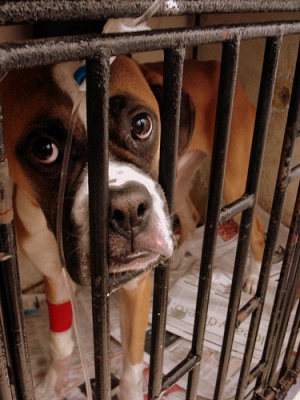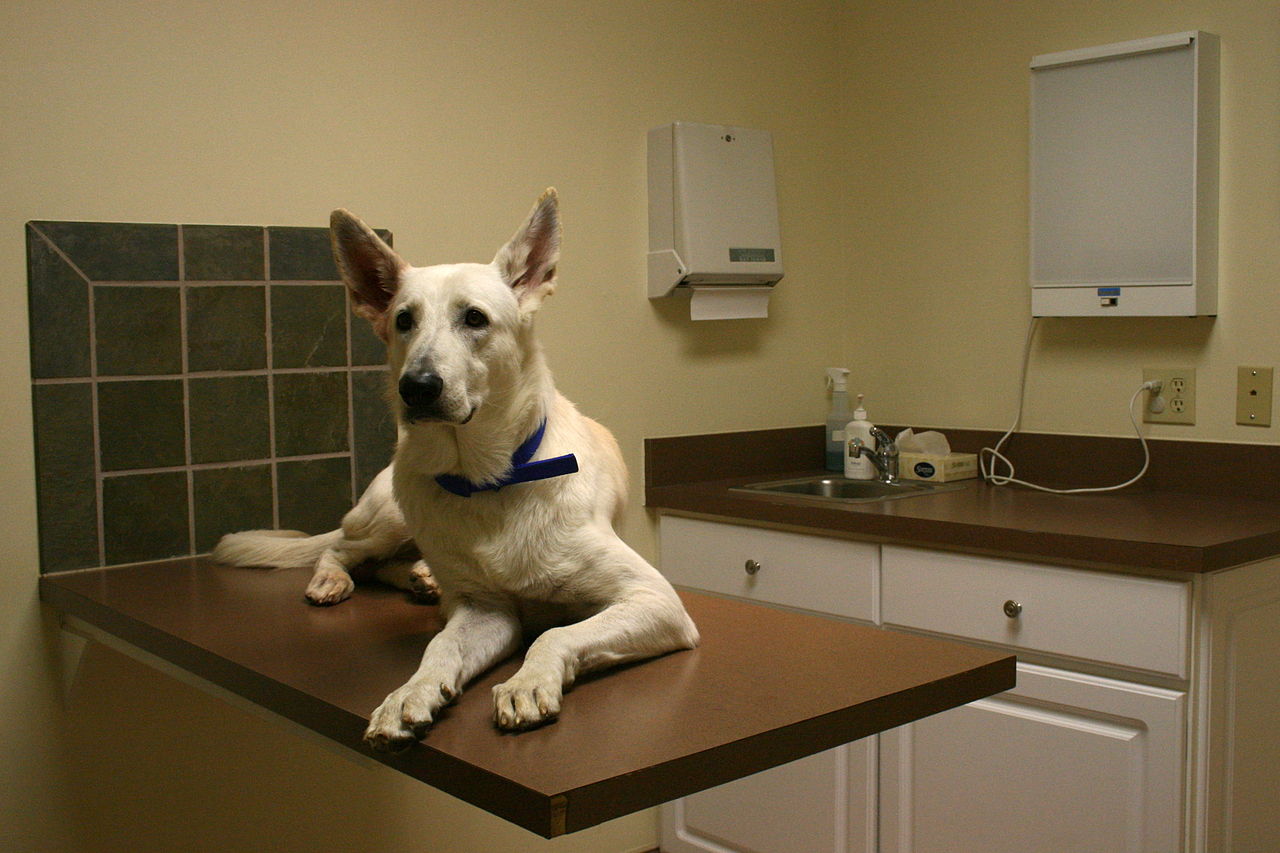
Hypertrophic Osteopathy – HO – is the result of an underlying condition such as cancer. It occurs mainly in dogs who have osteosarcoma and have had a limb amputation and so are at higher risk for HO. Dogs whose cancer has metastasized to the lungs or where the lungs are the site of the primary cancer are also at greater risk for HO. Spirocercosis (a parasitic disease caused by a bright red worm, Spriocerca lupi, found mainly in tropical areas worldwide)and heartworm infection are other causes of HO.
While any dog can be affected, Boxers and German Shepherds appear to be more prone to the disease. It is also more common in female dogs as mammary cancer can spark HO.
Symptoms include lameness, refusal to walk, symmetrical soft tissue swelling on limbs, new bone growth. Sometimes the area can feel abnormally warm and sensitive to touch.
If HO is caused by heartworm or primary lung tumors, surgical removal may be recommended. The condition may reverse if lung masses are removed or the vaga nerve is cut. If the lung tumors are due to bone cancer (osteosarcoma) the prognosis is poor. But some forms of palliative treatment have shown to shrink the tumors and/or give dogs a quality life for a time.
Although it is rare, Hypertrophic Osteopathy can also affect cats, horses, cows, sheep and some more exotic species.


